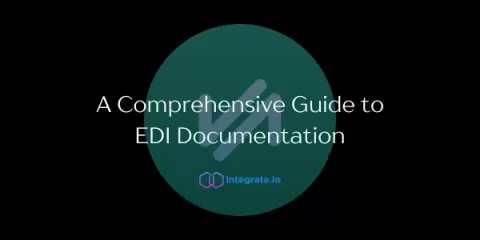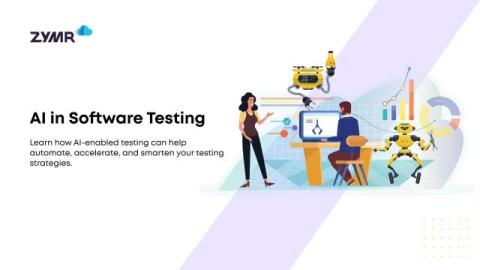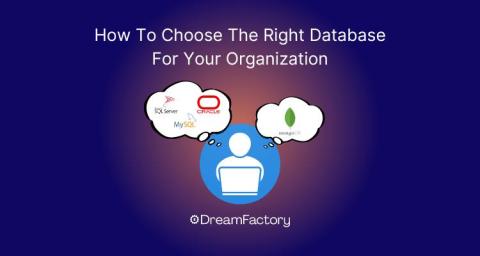Comprehensive Guide to EDI Documentation
Believe it or not, there was a time when healthcare providers, global enterprises, Ecommerce stores, and other organizations used proprietary—and often very different—methods to communicate with other businesses for everything from invoices to purchase orders. You can maybe imagine how difficult communication between businesses was before the introduction of EDI.











